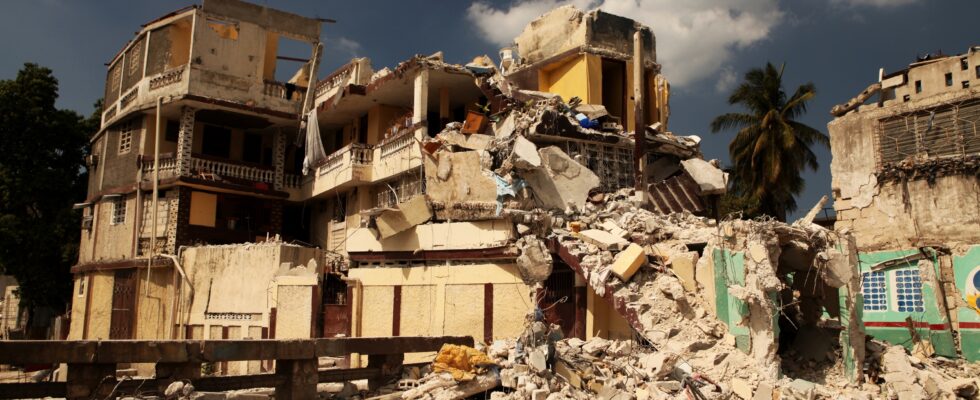Detecting earthquakes and tsunamis using optical fiber? A method discovered by a team of Swiss researchers which could well be a game-changer in terms of geological risk management.
Earthquake detection is a very complex area of research for many reasons: the unpredictability of the phenomenon, the difficulty of interpreting seismic signals, the need for sensitive equipment or even the speed of seismic waves. Even though the sector is progressing rapidly, earthquakes continue to wreak havoc. Companies like Google are even developing their own detection tools. Unfortunately, in this case, the system did not work properly during the earthquakes that hit Turkey in February this year. Scientists from the Swiss Federal Institute of Metrology (METAS) and the Institute of Geophysics (ETH) have discovered that fiber optics could prove useful in the detection process.
Transposition of a well-known technology
Their discovery is based on a rather familiar technology: active phase noise cancellation (PNC), widely used in certain headphones. When applying this system to optical fiber, it can cancel interference. Result ? The fiber is capable of detecting the tiniest disturbances caused by earthquakes.
When optical fibers are thus disrupted by deformations of the earth’s layers, this triggers a photoelastic effect; that is, the speed of light passing through fiber networks varies slightly. Once these changes are captured and analyzed, they can deliver very valuable seismic data.
Global reach and impact
It would then be enough to simply store all the data relating to active noise cancellation to analyze it. This would make it possible to do without complex equipment or expensive infrastructure at the location where detection must take place. A very promising method, which could be applied in less developed regions or on the ocean floor. In short, all places where surveillance infrastructure is more limited or non-existent.
The system is very sensitive and can even detect earthquakes of modest magnitude, since it works from the moment the disturbance rises to 3.9 on the Richter scale. The potential of this discovery is immense and could be a colossal advantage in preventing natural disasters in vulnerable areas. A simple, but effective reappropriation of technologies used in other fields. Hat !
Source : The morning

8